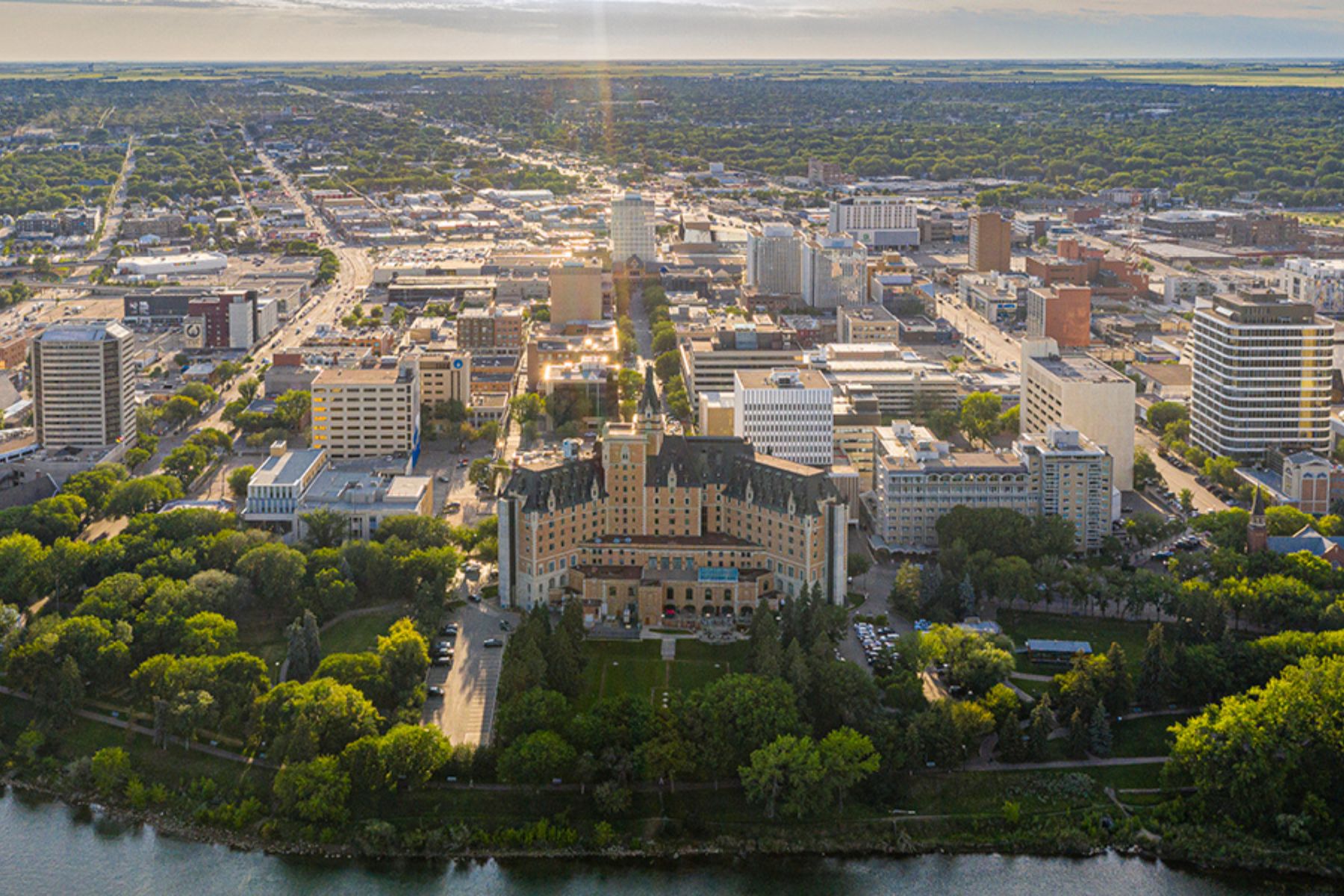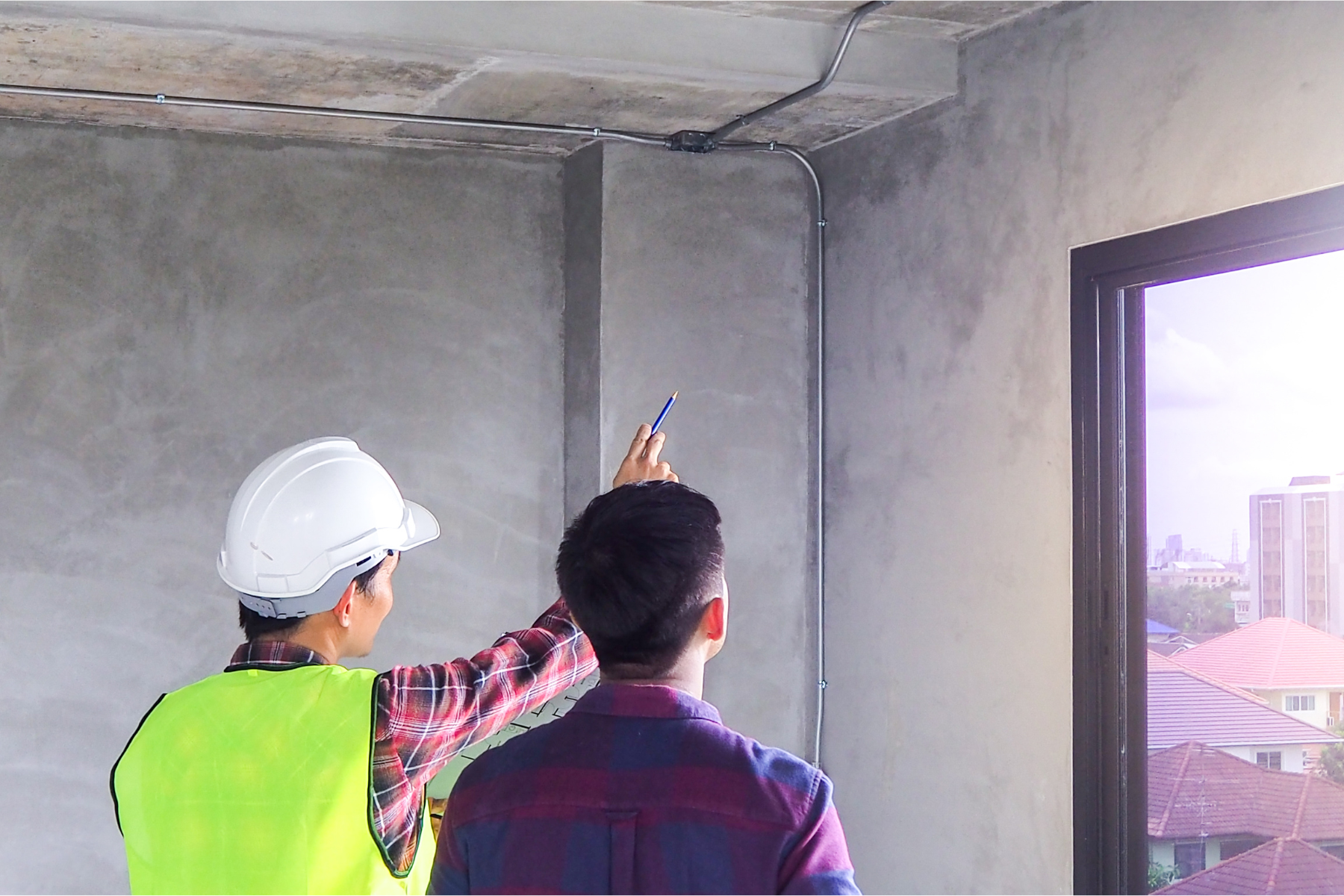CANADA’S RAPIDLY GROWING POPULATION CREATES BOTH OPPORTUNITIES AND CHALLENGES FOR CLEAN ECONOMIC GROWTH
Earlier today, Statistics Canada revealed that the country’s population is growing at the fastest rate since 1957. In the last 3 months alone, Canada’s population grew by over 360,000 persons. This rapid growth presents both opportunities and challenges to creating a prosperous zero-emissions economic future for communities across Canada.
Non-permanent residents are driving a lot of this growth
This rapid population growth is largely due to an increase in the number of non-permanent residents calling Canada home. In the last 3 months, Canada added an additional 225,198 non-permanent residents, as compared to 57,767 over the same period in 2021. Non-permanent residents include international students and individuals on a temporary work visa (as well as their families) as well as refugee claimants. The term non-permanent resident is a bit of a misnomer, as many of these individuals and families will go on to become permanent residents in Canada.
The Opportunities
Booming enrollments of international students and graduates create an opportunity for Canadian communities to build up the supply of skilled labour they will need to be competitive in a rapidly decarbonizing global economy. The PLACE Centre report, As the Weather Changes, finds that as many 300,000 clean economy jobs could be created in the next decade. These include jobs in the energy sector in the Annapolis Valley of Nova Scotia to manufacturing jobs in Saint Jean sur Richelieu in Quebec to biofuel jobs in Saskatchewan’s Belle Plaine. All of these opportunities will require a highly skilled, trained, and motivated local workforce, which can come from international graduates from Canadian colleges and universities.
The Challenges
Rapid population growth also requires communities to build more family-friendly, climate-friendly housing. The need is particularly acute in Southern Ontario, as we have detailed in our report Ontario’s Need for 1.5 Million More Homes. In the past 3 months alone, Ontario’s population has risen by over 150,000. Much of this growth can be attributed to growing international student enrolments at both the college and university level. This creates the need for more affordable housing, particularly in the rental market. Rents are up substantially in Ontario’s centres of higher learning. The website Rentals.ca finds that rents are up 18% year-over-year in Guelph, 20% in Kitchener, and a whopping 36.5% in London, Ontario.
These affordability challenges make it difficult for communities to attract and retain the talented people needed to create a prosperous zero-emissions economic future. This problem is somewhat ironic, given the overall booming population, but the affordability crisis can make it impractical for workers in some occupations to live in places with skyrocketing rents and home prices. In our report authored for the Toronto Region Board of Trade, Priced Out, we found that high numbers of vital jobs in the construction and manufacturing sectors are likely to go unfilled in the Greater Toronto Area, due to high real-estate prices. One cruel irony is that those construction workers who are priced out, are the very people the region needs to build the 1.5 million homes the province has committed will be built by 2032.
Ontarians are on the move…to other provinces
One way families can address Ontario’s affordability challenge is to move to another province, and they have been doing that in record numbers. Today’s data release shows that nearly 12,000 people moved out of Ontario to another province in the 3rd quarter of this year, the highest figure for any 3rd quarter since 1980. Taking a broader view over the past four years, an increasing number of Canadians are moving between provinces, as shown in Table 1 and Graph 1.


The scale of net interprovincial migration to the Atlantic provinces, driven largely by people moving from Ontario, is remarkable – a far cry from the days when provincial premiers were worried about outmigration to other provinces. In the most recent quarter, Alberta is by far the biggest gainer from interprovincial migration, especially from Ontario and British Columbia (see Graph 2 for Q32022; Graph 3 shows the same quarter in 2019).


Integration of newcomers and building climate-friendly, family-friendly housing are key
Canada’s population is growing rapidly and this population growth is occurring across the country – either through international migration or through families in search of climate-friendly, family-friendly housing. This growth can create the conditions for resilient economic growth, but only if two conditions are met. The first is that the newcomers are well-integrated into local labour markets and have opportunities to contribute their skills. The second is that enough housing is built in order to attract and retain that talent. Policymakers from all three levels of government, along with the higher education sector, must take the steps needed to ensure these opportunities are not lost.










